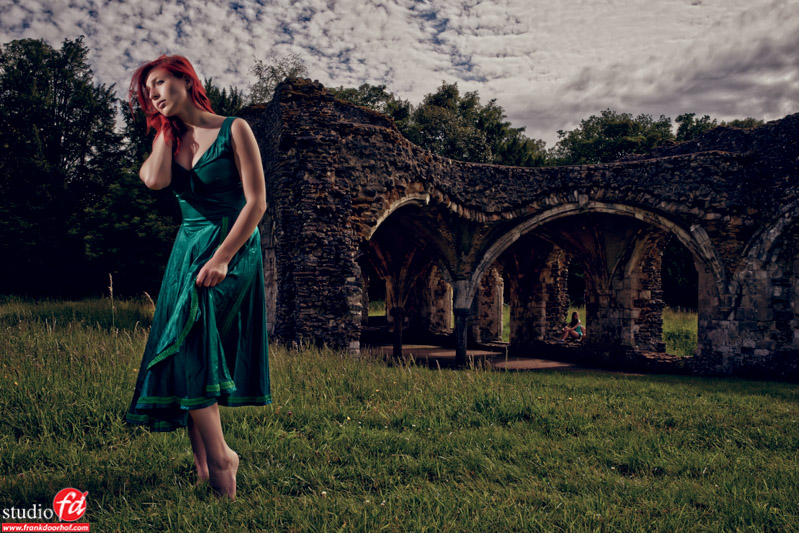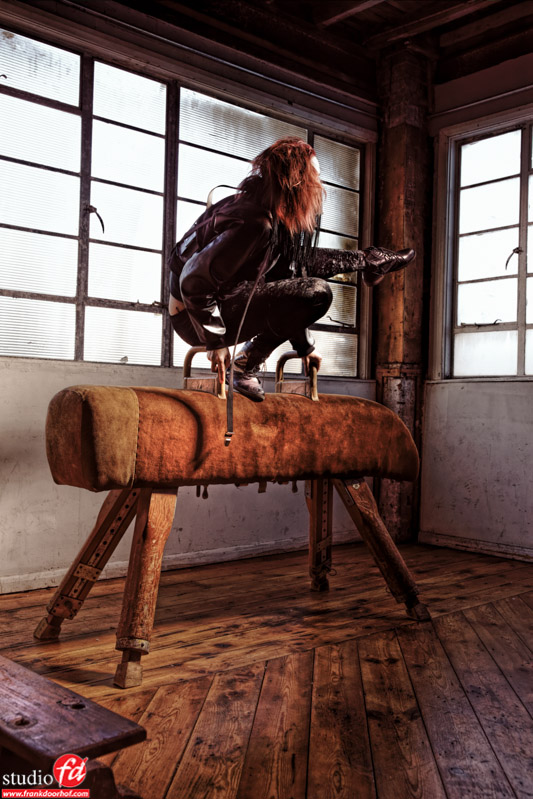Tip for light meters and ambient light
Often I get messages from people that their light meter is not reliable outside, inside no problem but outside…..
Do always remember that outside there is also ambient light.
Let’s say you have a small flash system (the system flashes like Canon/Nikon/Sony) and your shooting full manual and get a reading of F5.6 inside, now when you go outside a day later and you get F11 don’t expect that the strobe is actually on F11, it could very well be that the strobe is outputting only F8 or lower.
The meter works very simple
When you press the button to meter in strobe mode (the lighting bolt) it will actually wait for a pulse and start metering, now the pulse from the strobe is registered of course and the meter does it’s work BUT if the ambient light (on the giving shutter speed) is higher than the strobe the meter will of course give you the F stop for the ambient light (since it overpowers the strobe).
So the next time you’re outside and want to check if your strobe is registering, or if you suspect a problem…. first set the strobe on the lowest setting and meter, now start raising the strobe and if the meter value doesn’t change you know you’re metering ambient (or in other words, ambient is overpowering the strobe).
So don’t bash the meter, understand how it works 😀
now let’s look at some solutions….




You must be logged in to post a comment.